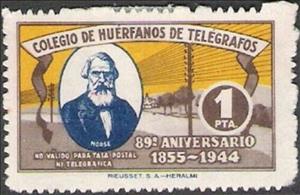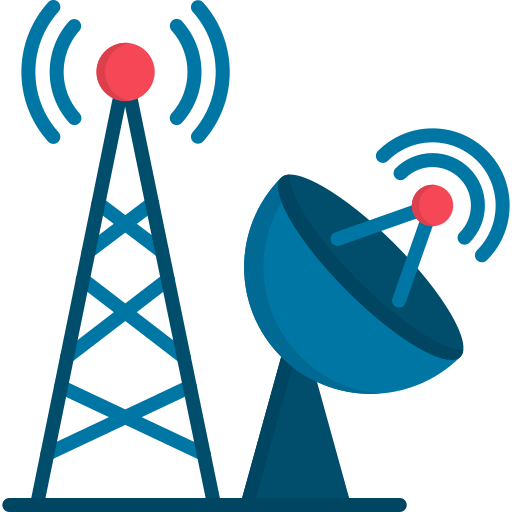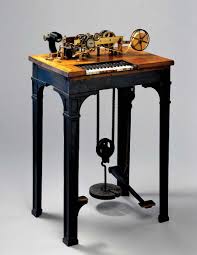Stamp: Telegraph 89th Anniversary (Spain 1944)
Telegraph 89th Anniversary (Spain 1944)
01 January (Spain ) within release Orphans of Telegraphs College goes into circulation Stamp Telegraph 89th Anniversary face value 1 Spanish céntimo
| Stamp Telegraph 89th Anniversary in catalogues | |
|---|---|
| Colnect codes: | Col: ES-TEL 1944-3 |
Stamp is horizontal format.
Also in the issue Orphans of Telegraphs College:
- Stamp - Telegraph 89th Anniversary face value 10;
- Stamp - Telegraph 89th Anniversary face value 1;
|
Data entry completed
80%
|
|
|---|---|
| Stamp Telegraph 89th Anniversary in digits | |
| Country: | Spain |
| Date: | 1944-01-01 |
| Size: | 40 x 25 |
| Emission: | Cinderella |
| Format: | Stamp |
| Face Value: | 1 Spanish céntimo |
Stamp Telegraph 89th Anniversary it reflects the thematic directions:
help, especially in the form of money, given freely to people who are in need, for example because they are ill, poor, or have no home, and organizations that provide this help: She does a lot of work for charity.
Famous People refers to the fame and public attention accorded by the mass media to individuals or groups or, occasionally, animals, but is usually applied to the persons or groups of people (celebrity couples, families, etc.) themselves who receive such a status of fame and attention. Celebrity status is often associated with wealth (commonly referred to as fame and fortune), while fame often provides opportunities to make money.
An invention is a unique or novel device, method, composition, idea, or process. An invention may be an improvement upon a machine, product, or process for increasing efficiency or lowering cost. It may also be an entirely new concept. If an idea is unique enough either as a stand-alone invention or as a significant improvement over the work of others, it can be patented. A patent, if granted, gives the inventor a proprietary interest in the patent over a specific period of time, which can be licensed for financial gain.
Telecommunication, often used in its plural form or abbreviated as telecom, is the transmission of information with an immediacy comparable to face-to-face communication. As such, slow communications technologies like postal mail and pneumatic tubes are excluded from the definition. Many transmission media have been used for telecommunications throughout history, from smoke signals, beacons, semaphore telegraphs, signal flags, and optical heliographs to wires and empty space made to carry electromagnetic signals. These paths of transmission may be divided into communication channels for multiplexing, allowing for a single medium to transmit several concurrent communication sessions. Several methods of long-distance communication before the modern era used sounds like coded drumbeats, the blowing of horns, and whistles. Long-distance technologies invented during the 20th and 21st centuries generally use electric power, and include the telegraph, telephone, television, and radio.
Telegraphy is the long-distance transmission of messages where the sender uses symbolic codes, known to the recipient, rather than a physical exchange of an object bearing the message. Thus flag semaphore is a method of telegraphy, whereas pigeon post is not. Ancient signalling systems, although sometimes quite extensive and sophisticated as in China, were generally not capable of transmitting arbitrary text messages. Possible messages were fixed and predetermined, so such systems are thus not true telegraphs.




